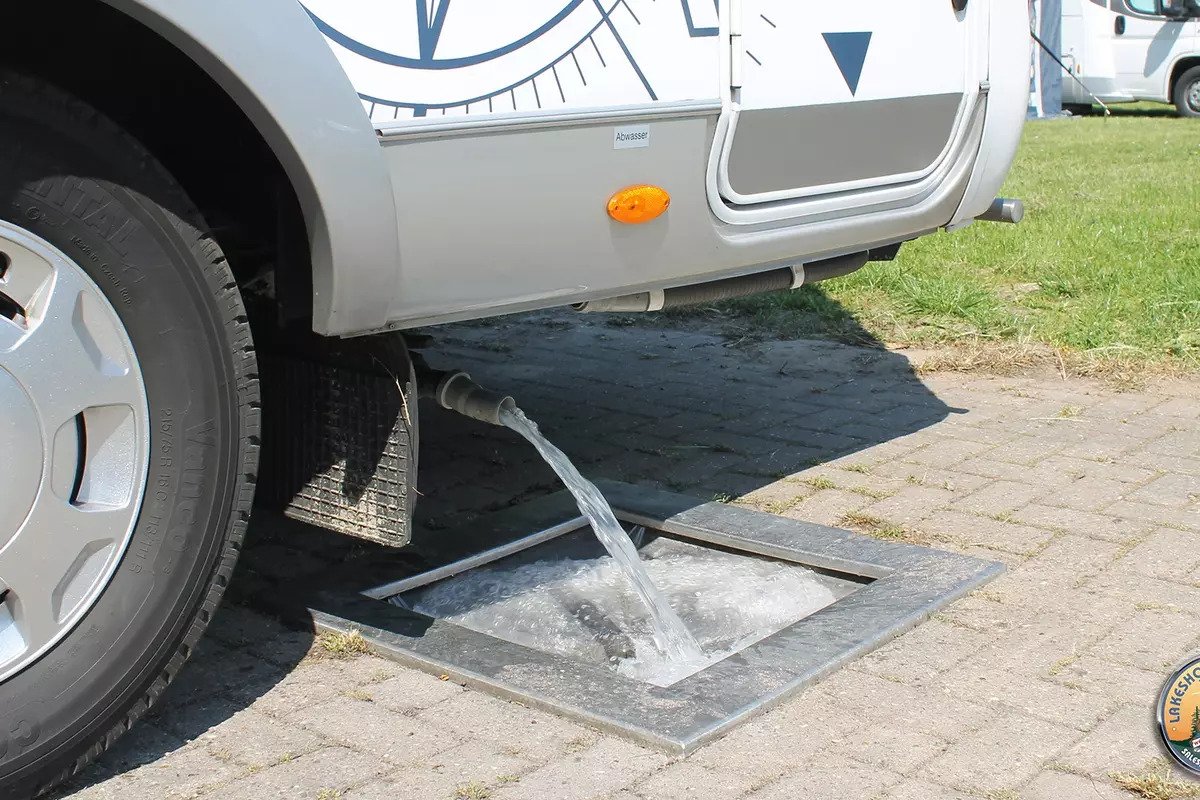A freshwater tank will make your RV trip more enjoyable. You will always have clear, fresh-tasting drinkable water for cooking, showering, and dishwashing.
Unfortunately, many RVers do not maintain their reservoirs until their water begins to taste odd or seems hazy. Trying to clean it becomes more of an urgency at this point than a routine maintenance job.
One of the most important aspects of any routine RV maintenance program is disinfecting your fresh water tank. If you’re unsure how to clean your RV water tank or if it appears too complicated, keep reading.
Obtaining the required supply
The good news is that no special equipment is required to sterilize your RV’s fresh water reservoir. A large jug, a measuring cup, and a gallon of simple liquid bleach are all you need. It only takes a few simple tools and components.
It’s possible to use a particular detergent or mixture explicitly designed for disinfecting your freshwater reservoir, but it’s not essential. Use bleach without any extra perfumes or special chemicals.

Calculating the required amount of bleach
Divide your entire tank capacity by eight to get the amount of bleach you need. This means you’ll take one ounce of bleach for every eight gallons of clean water in your reservoir.
Remember that no matter how much bleach you use, you must mix it in at least one gallon of water before putting it into your clean water reservoir. Never pour undiluted bleach straight into your water reservoir or RV drainage system to avoid harming the components.
Sanitizing the water reservoir
You can now begin to add the bleach mixture and fill the container with water. It must be totally filled for the sanitizing liquid to reach all corners of the water system.
Once the tank is filled, turn on all of your rig’s taps one at a time until you detect bleach. This is how you ensure the cleaning substance has passed through the lines.
Allow the sanitizing solution to settle for up to eight hours before draining the clean water reservoir from your low-point outlet. Once the water is discharged, replenish it with new water until no bleach is detected.
